New Paragraph
The Truth About MSG – What You Need to Know
Monosodium Glutamate (MSG) has been at the centre of debate for decades. While food manufacturers promote it as safe and “scientifically proven,” thousands of people around the world continue to experience real and uncomfortable symptoms after eating foods containing MSG.
At Sensitivefoods, we see many clients who have been told “MSG can’t be the problem” — yet once it’s identified and removed, their health improves dramatically. So let’s break down the facts, the controversy, and most importantly, what you can do to protect yourself and your family.
Why MSG Is So Controversial
Food manufacturers have a lot at stake. MSG makes cheap food taste better, so it’s used widely in soups, sauces, snack foods, ready meals, and takeaway. To protect its reputation, industry-funded groups have spent decades publishing studies designed to reassure the public.
For example:
- The International Food Information Council (IFIC), which often reviews MSG research, openly states it is funded by the food, beverage, and agricultural industries that rely on MSG.
- A 1999 study published in the Journal of Allergy and Clinical Immunology — which dismissed a link between MSG and asthma — was funded by the International Glutamate Technical Committee, a body with direct ties to the MSG industry.
This conflict of interest makes it hard for the average consumer to know who to trust.
What the FDA Has Acknowledged
In 1995, the U.S. Food and Drug Administration (FDA) reviewed the science and concluded that certain people are sensitive to MSG. They identified a cluster of symptoms known as MSG Symptom Complex, which may include:
- Burning sensations in the chest, neck, or arms
- Tingling or numbness in the face and upper body
- Headaches and migraines
- Facial pressure or tightness
- Chest pain or palpitations
- Nausea and digestive upset
- Rapid heartbeat
- Drowsiness or weakness
- Severe fatigue within 20–40 minutes of eating MSG
For people with poorly controlled asthma, MSG can even trigger bronchospasm (difficulty breathing).
The FDA originally proposed clearer labelling rules so consumers could identify foods containing free glutamate, but strong lobbying pressure killed the initiative. To this day, MSG often hides behind vague terms on labels, making it tricky to avoid.
Why Do Some People React and Others Don’t?
Reactions to MSG vary greatly. Some possible reasons include:
- Dose & form – Consuming MSG in liquid foods such as soups and broths may cause faster and stronger symptoms compared to eating it with a solid meal.
- Individual sensitivity – Some people have more active nervous systems that respond quickly to free glutamate.
- Vitamin B6 levels – The FDA noted that Vitamin B6 plays a role in glutamate metabolism, meaning low levels may worsen reactions.
- Existing health conditions – People with asthma, migraines, or heart rhythm conditions may be more prone to MSG sensitivity.
Hidden Sources of MSG
MSG isn’t always listed as “MSG” on the label. Manufacturers often use alternative names or related additives that release glutamate into the body. Common culprits include:
- Hydrolyzed vegetable protein
- Autolyzed yeast extract
- Textured vegetable protein (TVP)
- Soy protein isolate or concentrate
- Flavour enhancers (E621, E622, E623, etc.)
- Stock powders and bouillons
- “Natural flavours” or “seasonings”
This is why products labelled “No Added MSG” can still cause reactions — they may contain other glutamate-rich ingredients that trigger the same response.
Common Foods That Often Contain MSG
Here’s where MSG frequently appears in the everyday diet:
- Instant noodles and soups
- Packet chips, flavoured crisps, and snack foods
- Frozen meals and processed meats (sausages, hot dogs, deli meats)
- Soy sauce, oyster sauce, and Asian-style condiments
- Fast food items, particularly fried chicken and burgers
- Seasoning powders and stock cubes
- Salad dressings and flavoured dips
Being label-savvy is essential if you’re trying to cut down on MSG.
A Step-by-Step Guide to Reducing MSG
If you suspect MSG is a trigger for you, here’s a practical plan to start with:
- Keep a food diary – Note symptoms alongside what you’ve eaten. Look for patterns, especially after eating soups, takeaways, or snack foods.
- Learn the hidden names – Familiarise yourself with terms like “yeast extract” or “hydrolyzed protein.”
- Cook more whole foods – Fresh meats, vegetables, fruit, and unprocessed grains are naturally free of added MSG.
- Choose certified “clean” brands – Some smaller companies specifically avoid MSG and clearly state this on labels.
- Test your tolerance – With professional guidance, you can identify whether MSG is a major trigger or just part of a broader sensitivity picture.
Why Sensitivefoods Focuses on This
At Sensitivefoods, we specialise in helping people uncover hidden food triggers like MSG. Because MSG reactions rarely show up on standard blood tests or allergy panels, many people struggle for years without answers.
Using safe, non-invasive food intolerance testing, we identify whether MSG or other additives are contributing to your symptoms. From there, we create a custom recovery plan that works with your lifestyle — not against it.
Final Word
MSG may be “generally recognised as safe” by regulators, but the lived experiences of sensitive individuals and independent research show a very different picture. If you’ve been struggling with unexplained headaches, fatigue, digestive issues, or breathing problems, MSG could be part of the puzzle.
Knowledge is power. By understanding where MSG hides and how your body responds, you can make informed choices that support your long-term health.
👉 Book a consultation with Sensitivefoods today to find out whether MSG is a hidden trigger in your diet and take the first step toward relief.
